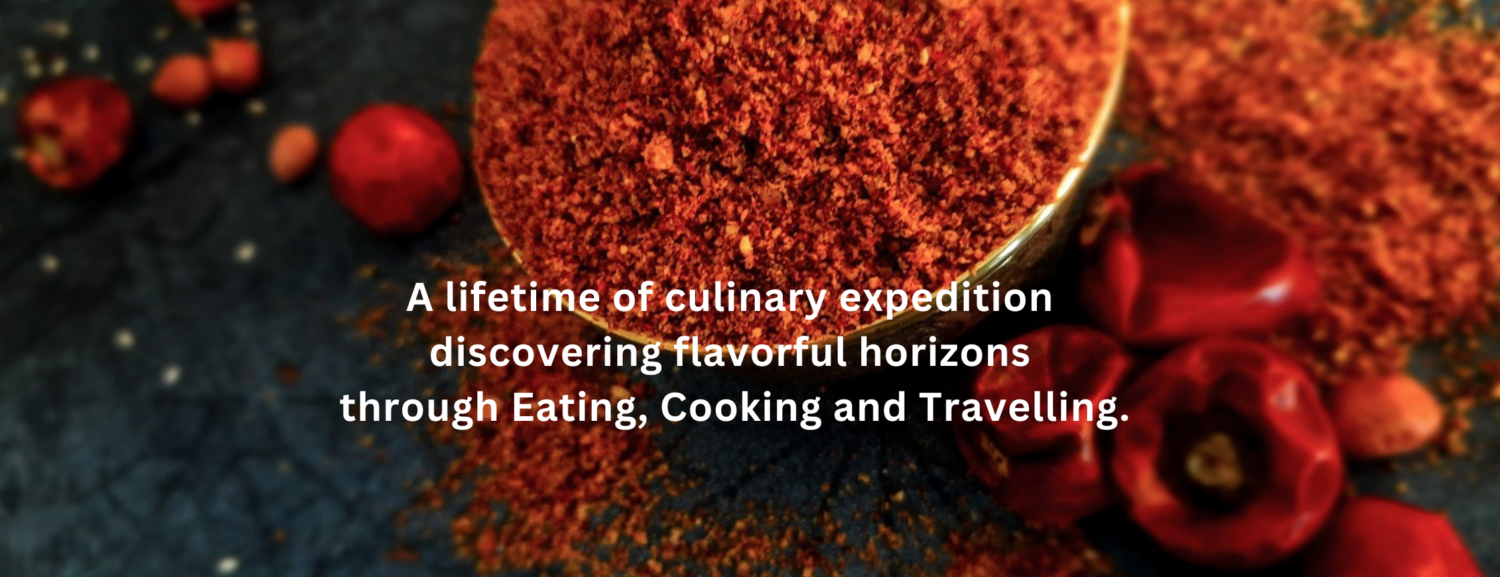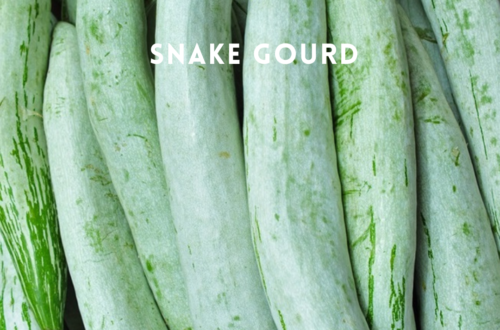
Preserve and Flavor with Salt
Pickles are a popular method of preserving vegetables, and salt plays a vital role in this process. By drawing out moisture, salt helps inhibit the growth of spoilage bacteria and enhances flavor. In Asian cuisine, several pickles are known for their high salt content. For example, Indian Lemon Pickle is a spicy relish, often made by fermenting cut lemons with salt for days before adding in the spices, while Kimchi is a fermented mixture of vegetables seasoned with salt, spices, and sometimes seafood, offering a rich, tangy flavor.
By pulling moisture out of the vegetables, salt helps to stop bacteria and mold from growing. This keeps the pickles safe to eat and makes them last longer.
Salt draws out moisture through a process called osmosis. When you add salt to vegetables, it creates a difference in concentration between the salt inside the vegetable and the salty outside. Inside the vegetable, there’s more water than outside. So, water moves out from the vegetable to balance things out, which means the vegetables lose moisture.
Removing this moisture helps keep the pickles fresh and makes them crunchier. When the vegetables lose water, their flavors become stronger and more concentrated, giving the pickles a bolder taste.
As the vegetables lose water, they also soak up the brine, which usually contains vinegar, salt, and spices. This makes the flavors even richer. In some methods of pickling that use fermentation, removing moisture and adding salt helps good bacteria grow while keeping bad bacteria away. This not only adds a tangy flavor but also helps preserve the pickles.
Overall, salt makes pickles taste better and helps them stay crisp and fresh. It adds a savory taste that makes the pickles enjoyable to eat and enhances the overall flavor experience.
#Anjalaibrand #pickle #pickling #preservation #lactofermentation #Indianpickles #picklelove #homemadepickles #tangydelights #foodculture #saltpickled #preservedfood






